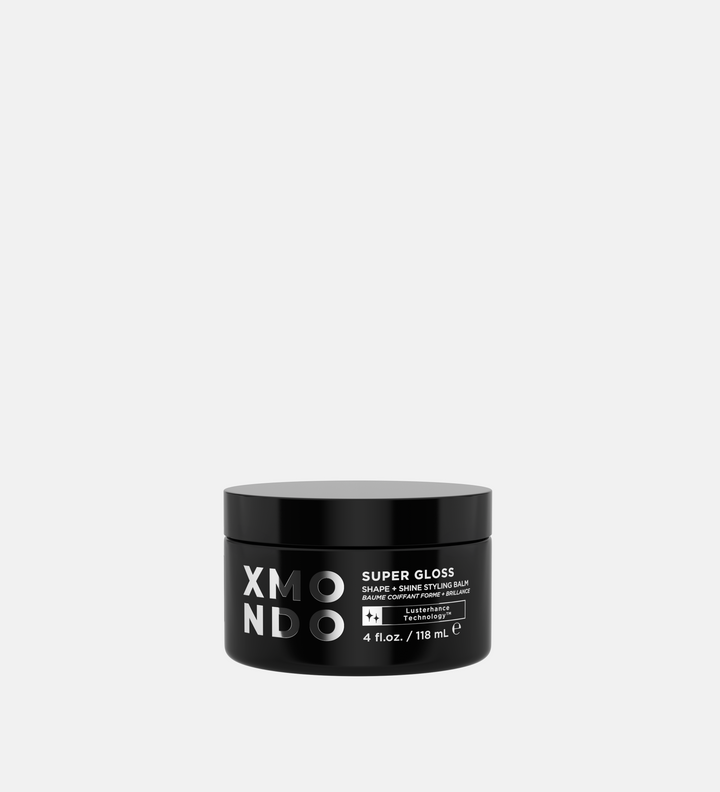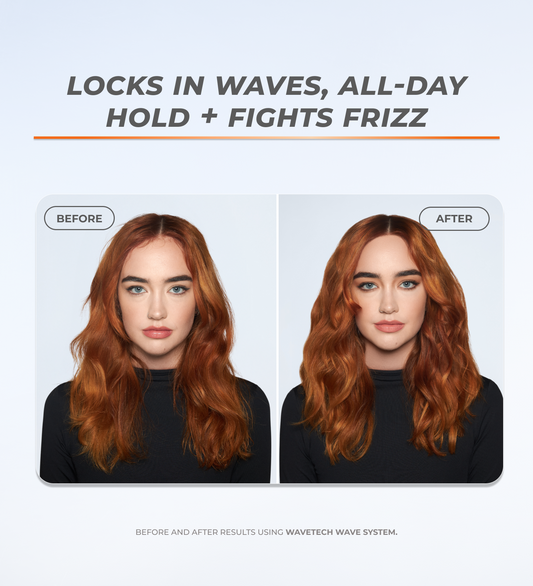Ever wondered "should I brush my hair when it's wet, or when it's dry?" The truth is, brushing and detangling isn’t one-size-fits-all. Depending on your hair type and how it’s treated (wet, damp, or dry), the "right time" changes. In this guide, we’ll break down hair brushing & detangling techniques, when to brush in-shower vs after vs dry, and the tools and tips to minimize breakage. Whether you’re battling tangles after workouts or detangling coils, this is your blueprint for safer, smoother hair care.
Understanding Hair Structure & Friction
The Cuticle & Tangles
Each hair strand is covered in a protective outer layer called the cuticle, made of overlapping cells (like roof shingles). When the cuticle lies flat, strands glide past one another. But when it’s lifted, rough, or damaged, hair snags and knots.
Friction + Elasticity = Tangle Danger
Dry hair tends to have higher friction. Wet hair, on the other hand, is more elastic—meaning it stretches easily and can snap under tension. Hair is most vulnerable when it’s soaking wet or overly dry without product.
The Goal: Detangling is about reducing friction, protecting the cuticle, and allowing strands to move freely again.
Should You Brush In-Shower, After, or Dry?
Brush When Wet or Damp If...
- Your hair is fine, wavy, or chemically treated.
- You're using conditioner or a leave-in product.
Why it works: Conditioner provides "slip," making it easier to separate strands without tugging. Wet detangling with the right brush or wide-tooth comb helps prevent breakage.
Tips:
- Apply product generously (conditioner, leave-in, detangling spray).
- Use a flexible wet brush or wide-tooth comb.
- Detangle in sections from ends to root.
Brush When Dry If...
- Your hair is curly, coily, or highly textured.
Why it works: For curlier hair types, wet brushing can cause over-stretching or pattern disruption. Dry detangling—when done gently with product like oils or creams—helps maintain definition.
Tips:
- Apply a detangling oil or hydrating mist.
- Use fingers or wide-tooth comb.
- Never detangle dry hair without lubrication—this causes breakage.
Best Tools & Products for Safe Detangling
Brushes vs. Combs vs. Fingers
- Wet Brush: For fine/straight/wavy hair
- Wide-Tooth Comb: All hair types, especially curls and coils
- Fingers: Best for delicate curls and tight textures
Products That Help
- Leave-in Conditioners: Add softness and slip
- Detangling Sprays: Lightweight and easy to reapply
- Hair Oils/Creams: Ideal for dry detangling
Step-by-Step: How to Detangle Hair Safely
- Prep with product: Apply a conditioner or detangling product evenly.
- Finger-detangle: Start by gently separating large tangles with your hands.
- Section hair: Split into 2–4 parts for better control.
- Start at the ends: Use slow, short strokes working upward.
- Reapply product if needed: Don’t force a brush through resistance.
- Rinse gently (if in-shower) or leave in product as needed.
Hair Type-Specific Tips
Straight/Fine Hair
- Detangle while damp with product
- Avoid brushing when bone dry
- Use soft-bristle or wet brushes
Wavy Hair
- Use conditioner and detangle in shower
Curly/Coily Hair
- Detangle dry only with oil or cream
- Preserve pattern by using fingers or wide-tooth comb
- Avoid brushing after drying to prevent frizz
Quick Takeaways
- Wet hair is more fragile—brush only with product and care.
- Curly/coily hair prefers dry detangling with oils or creams.
- Always detangle in sections, starting at the ends.
- Use the right brush for your texture—no one tool fits all.
- Hydration and slip = less breakage, smoother results.
Smart Detangling = Healthier Hair
Brushing your hair the right way isn’t just about looks—it’s about long-term hair health. With the right technique, timing, and products, you can detangle safely, reduce breakage, and protect your hair’s texture and shine. Whether you’re brushing post-shower or working with dry curls, follow your hair’s cues. It’ll thank you with fewer tangles, better bounce, and way less breakage.
FAQs
Q: Is it better to brush hair wet or dry? A: It depends on your hair type! Fine or wavy hair does well with damp brushing and product. Curly/coily hair prefers dry detangling with oil or cream.
Q: Can I brush my hair in the shower? A: Yes—if you use conditioner and a gentle tool like a wide-tooth comb or wet brush.
Q: What’s the best brush for detangling? A: Wet brush or wide-tooth comb for most types; fingers for curls and coils.
Q: Why does my hair break when I brush it? A: You may be brushing too aggressively or without enough slip. Try conditioning products and be gentler.
Q: How often should I detangle? A: Ideally 1–3 times a week, depending on your hair type and routine.












